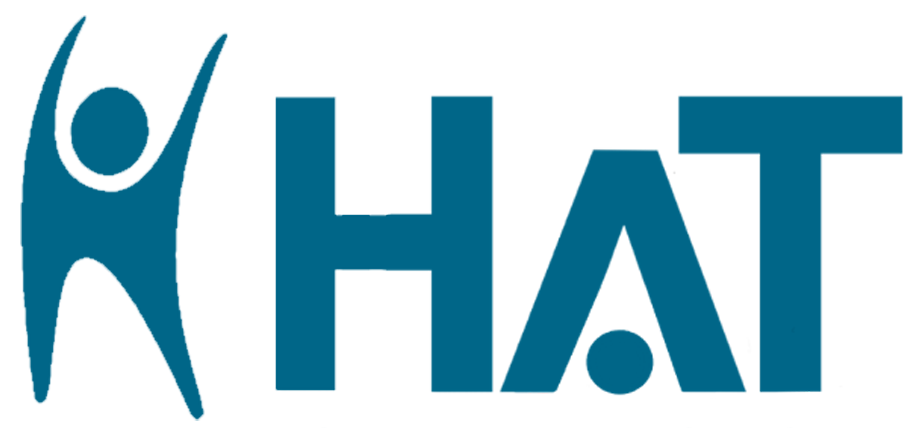Humanist Association of Toronto Forum Guidelines
Attending a HAT Forum event? Here are some guidelines that you need to know:
Guidelines for participants
The Forum is a place for the courteous and respectful exchange of ideas and opinions on a variety of subjects within a secular context.
We come here to enrich our understanding. To this end, we cultivate our capacity to listen with an open mind.
A facilitator is designated at the beginning of every meeting. The facilitator is responsible for maintaining order and keeping the discussion consistent with these guidelines.
Although the Forums are open to guests, topics are selected and facilitated by members of HAT.
The topic for the next week’s session is voted on from those suggested by attendees.
Guidelines for topic proposers
Choice of topic: You are to provide questions, not answers. Polemics generally make bad topics, because freethinkers have this pesky tendency not to follow where you’re hoping to lead them. The best discussions generally happen when facilitators pose questions they are hoping to refine their own answers to, not to lead the flock to conclusions the facilitator has already been convinced of.
Listing on the web page: Email HATwebadmin@gmail.com as soon as possible with a title and, if possible, a brief synopsis. [Add: You should also email HAT-Forum@yahoogroups.ca if you are on that list; if not, the web administrator or coordinator can forward it.] This synopsis doesn’t need to be as detailed as the handout you’ll bring to the meeting, but it should be more than just a title. However, if you need time to draft the synopsis, it is best to send the title immediately, so that something can be posted to the website. You can elaborate later.
The initial handout: This should be a springboard for discussion. If you pose too broad a question, the subsequent discussion may not be cohesive enough. If your questions are too narrow, they won’t be effective at provoking ideas from the small groups. Yes-no questions are only good if they have more open-ended follow-ups (as in “Do you think that blah blah blah? Why or why not?).
Guidelines for facilitators
At the meeting: Welcome any newcomers, and explain the format. Even if it’s the same format we’ve been using for years, newcomers are sometimes confused. Start the meeting on time – participants will get used to coming on time if they get accustomed to the discussion starting as advertised.
Small groups: If the group is large enough to split up and the setting accommodates it, 4-5 people is an ideal group size. Anything larger than six, and the more aggressive people dominate the discussion.
The large group: Your role as facilitator is to keep order, and to ensure that everybody has a chance to be heard. You have a lot of discretion in how you handle this. How rigidly you will adhere to a speaking order, whether to impose time limits on group reports or individual comments, whether to tolerate interruptions of the set order – decide these, considering the circumstance (time limits, how many people need to speak, etc.)
Closing business: Don’t forget to set aside 10-15 minutes to choose future topics (and for announcements of upcoming HAT events). Keep this segment focused. A common problem is that, when someone proposes a topic, other people start discussing it. Stop that – it’s fine to discuss whether we want a discussion on the topic, but any discussion of the actual topic should wait until we have two hours allotted for it.
And finally:
Remember that these are guidelines, not the law. They are meant to be flexible. However, you are the servant, not the master, of the group. If you wish to experiment with a substantially different format, get the consensus of the group to try it.
